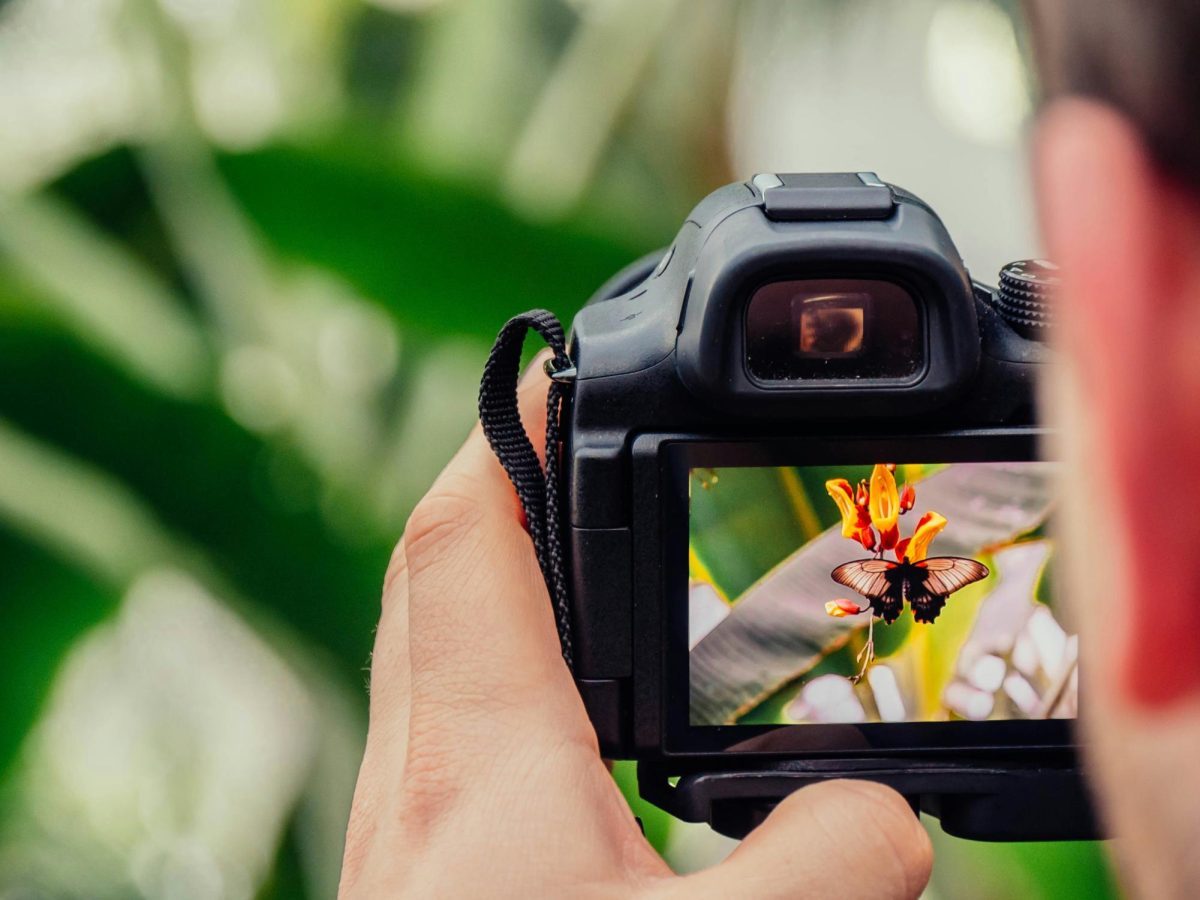Sustainable Jeans, Sustainable Future
April 24, 2023
How many gallons of water does it take to make one pair of jeans?
The fashion industry is one of the top most harmful industries towards the environment. Besides using materials like cotton, silk, leather fabrics and other textile as well as textile machines, the fashion industry uses water. For example they use water to grow cotton to produce textile and they use water throughout the textile manufacturing process. This article will show you the statistics of water used in the manufacturing of clothing.
Here’s the big question:How many gallons of water does it take to make one pair of jeans?
To produce one pair of jeans from cotton, it takes around 1,800 gallons of water!
How many gallons of water does it take to make one cotton t-shirt?
It takes about 715 gallons of water to produce one cotton t-shirt. That’s almost three years’ worth of water consumption!
How much water is required for textile production?
25 billion gallons is the amount of water required for one year’s worth of textile production, which includes cotton farming.
Fabric Dyeing:
In textile production, 85% of the water used goes into dying the fabric. This often leads to wastewater runoff that pollutes local water sources. A staggering 1.3 trillion gallons of water is used each year for fabric dyeing alone! That’s a lot of water and it’s not surprising that the colored fabric industry is a significant contributor to global water consumption.
Did you know?
1,900 individual fibers of synthetic garments end up in our oceans every day.
Brands Saving the Environment:
The active wear brand, Girlfriend Collective uses 25% of recycled plastic bottles (recovered from the ocean) to produce each pair of its leggings.
Reformation’s Eco-friendly denim saves 1,468 gallons of water per pair.
Adidas sold 1 million pairs of sneakers made from recycled ocean plastic in 2017. Each pair of shoes saved 11 plastic bottles from being wasted.
The clothing brand, Levi Strauss & Co. manufactured 100,000 pairs of jeans with one of its Chinese suppliers using 100 percent recycled water.











